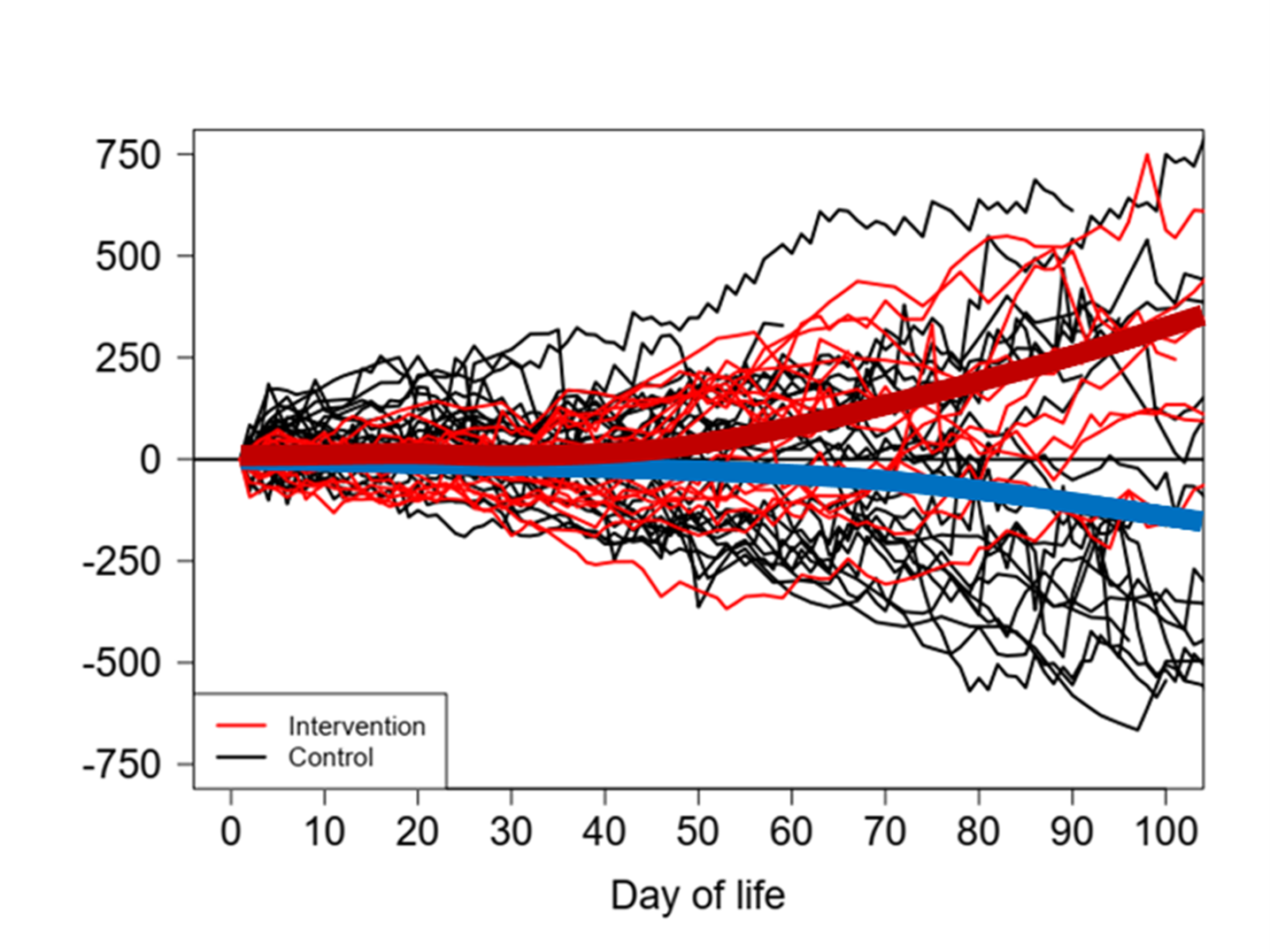Breastfeeding/Human Milk
Breastfeeding/Human Milk 1: Human Milk in the NICU
365 - Feeding the most vulnerable - Exclusively human milk diet in preterm infants less than 750g compared to infants exposed to cow’s milk protein
Publication Number: 365.101

Niels Rochow, MD, PhD (he/him/his)
Staff Neonatologist
Paracelsus Medical University, Department of Pediatrics
Nürnberg, Bayern, Germany
Presenting Author(s)
Background:
Exclusively human milk diet (EHMD) may reduce major neonatal morbidities such as necrotizing enterocolitis and improve neurodevelopmental outcome, but may impair weight gain. Our NICU was the first in Germany to introduce EHMD using human-based fortifier (H2MF) for mother’s own (MOM) or donor milk (DM) during the first 2 months of life for preterm (PT) infants.
Objective:
To compare growth, nutritional intake, mortality, and major morbidities in infants fed EHMD to a control group including cow’s milk products.
Design/Methods:
Observational study, PT infants < 750g of birth weight (bw); study group (SG) infants (born between May 2019 and March 2022) exclusively received MOM or DM with H2MF; control group (CG) infants (born between Feb 2015 and April 2019) received MOM with cow’s milk fortifier or preterm formula. From mid-2018, breast milk samples were measured, and targeted fortification was provided for all infants.
Results:
During the study period, n=86 infants (< 750g) were admitted (SG: N=34; bw: 620±110g; ga: 25.7±1.8 wks; CG: N=52; bw: 610±100g, ga: 25.3±1.7 wks). 12.5% (SG) and 17.3% (CG) of infants died because of extreme prematurity or abdominal malformations before reaching full enteral feeds or starting fortification. Mortality thereafter was 12.5% (SG) and 21.2% (CG). In HM, 2 infants died after terminating EHMD and switching to cow’s milk-based products.
Enteral nutrition was started during the first 24 hrs in all infants. 120mL/kg/d enteral intake was achieved significantly faster in SG (day of life 8±4 vs. 12±5).
In surviving infants, growth rates from day of life 10 to 36 weeks PMA were 19.8±3.3 (SG) and 18.3±2.8 (CG) g/kg/d. Infants without abdominal pathology had higher growth rates in SG (20.5±3.0 vs. 18.6±2.9 g/kg/d, p=0.04). Growth trajectories and deviations from individual growth trajectories show desired growth pattern in HM (Fig. 1 and 2). Fat mass and fat-free mass were comparable to reference data (Hamatscheck et. al. 2020). Rates of head circumference at discharge below 10th and 3rd percentile were 42 and 16% for SG and 60% and 36% for CG. 56 % of infants during EHMD required extra modular cow’s milk-free products based on milk analysis to meet ESPGHAN intakes.
Major morbidities were reduced in SG compared with CG (severe BPD 20 vs. 30%, ROP (3-5) 20 vs. 27%, LOS 40 vs. 70%).
Conclusion(s):
EHMD can be introduced into clinical routine of a mid-sized level-3 NICU (Germany, Bavaria), reduces mortality, and improves growth and outcomes. Combining EHMD with target fortification to reduce the risk of postnatal growth retardation is possible and effective..png)

